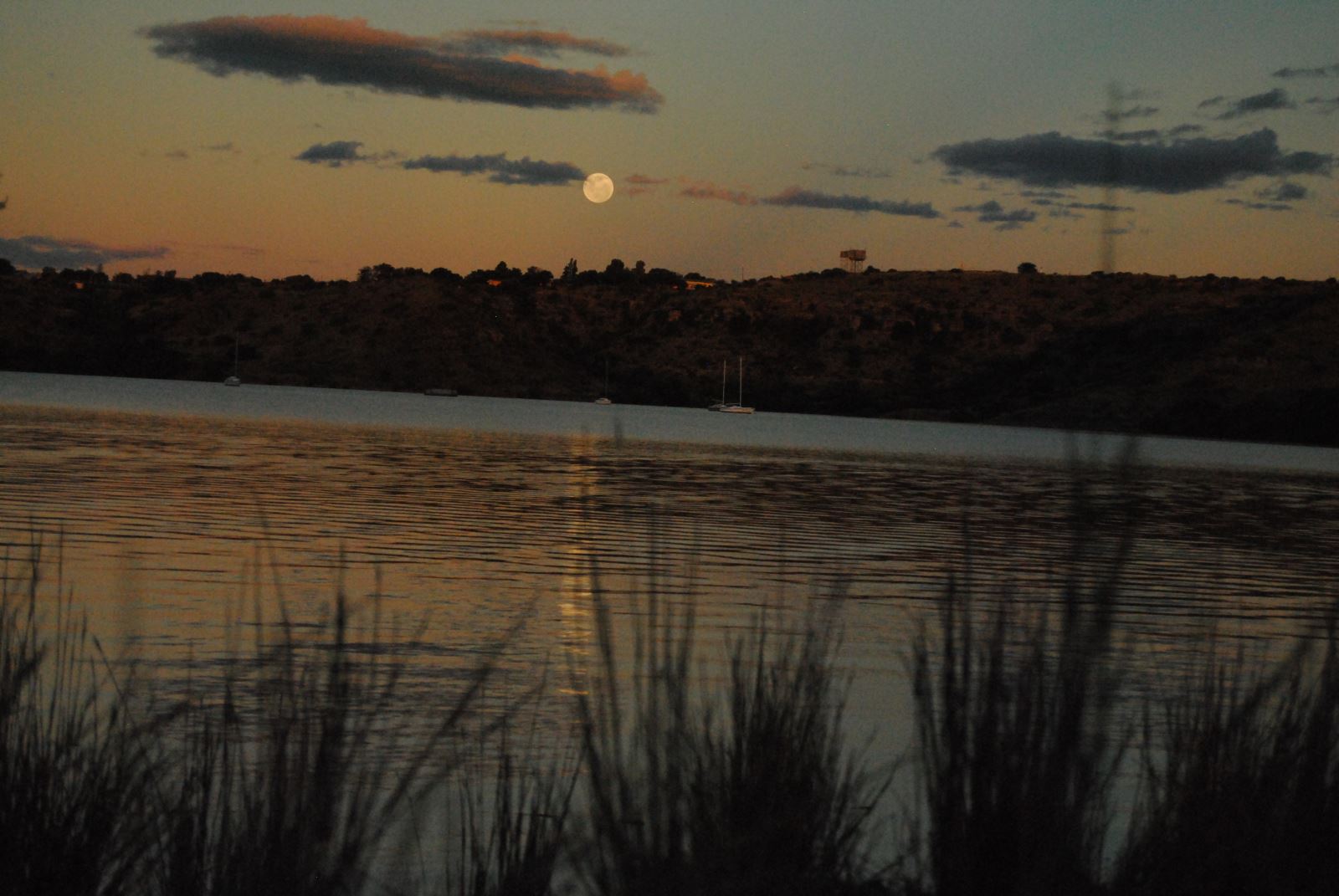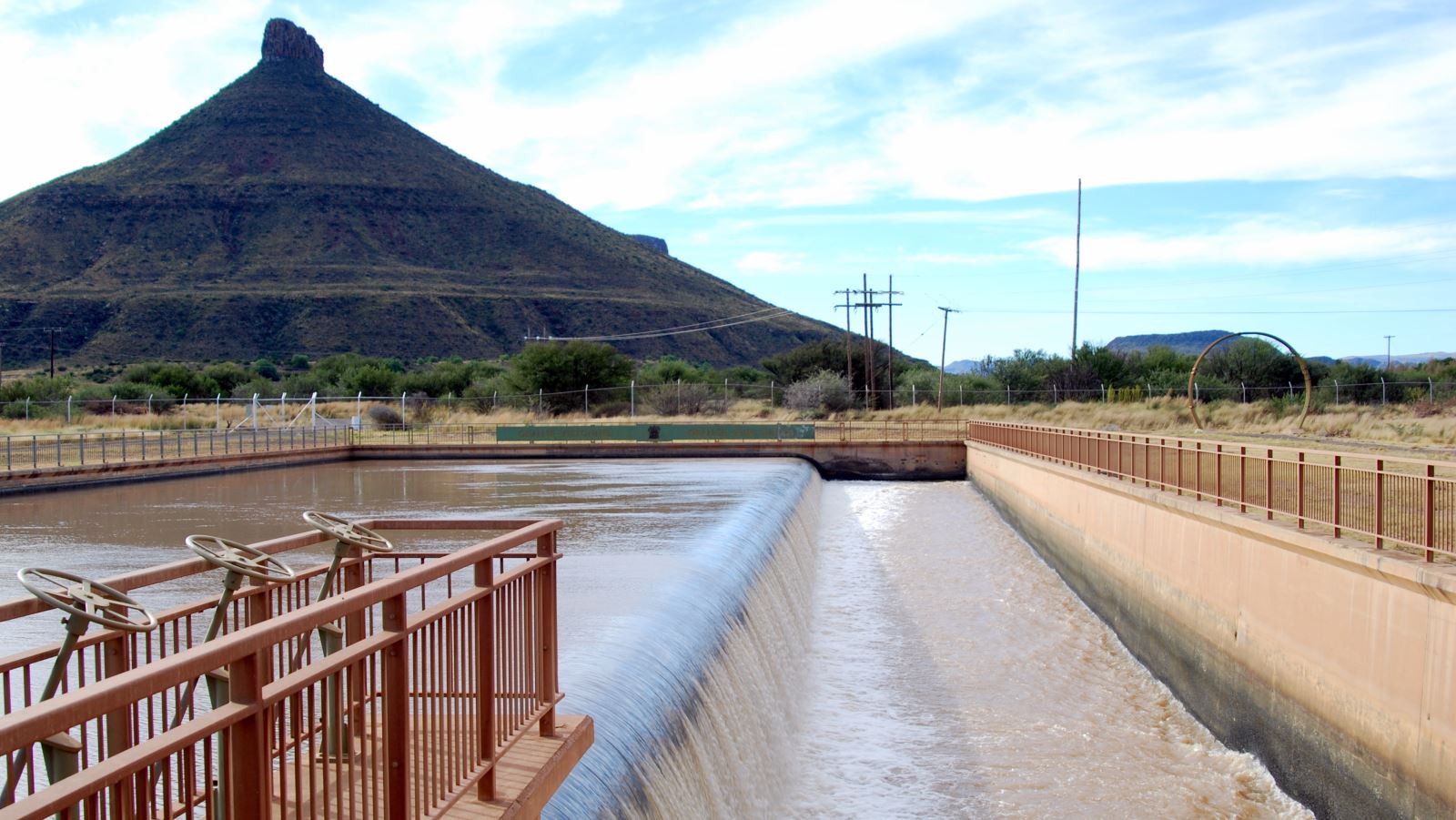The Orange–Fish Tunnel is an irrigation tunnel in central South Africa.
For many years, large areas in the Eastern Cape experienced severe water shortages because of little rainfall in the arid Karoo. The situation was aggravated by the reduction in capacity of many of the existing dams due to heavy silt deposits.

Construction started in 1966; preliminary works included a tarred road running along the rout of the tunnel, and three towns, Oviston at the North end, one in the one middle called "Mid-shaft", and "Teebus" at the South end.

It was engineered by the british firm of Consulting Engineers, Sir William Halcrow & Partners, in association with Messrs Keeve Steyn and Partners of Johannesburg.

The tunnel opened in 1975. When completed, the tunnel's length of 83 km was the longest continuous enclosed aqueduct in the southern hemisphere and the second-longest water supply tunnel in the world. Over 200 000 m3 of concrete was used to line the tunnel which has a maximum throughput of 54 m3/s (about 2,000 cusecs).
According to en.wikipedia











